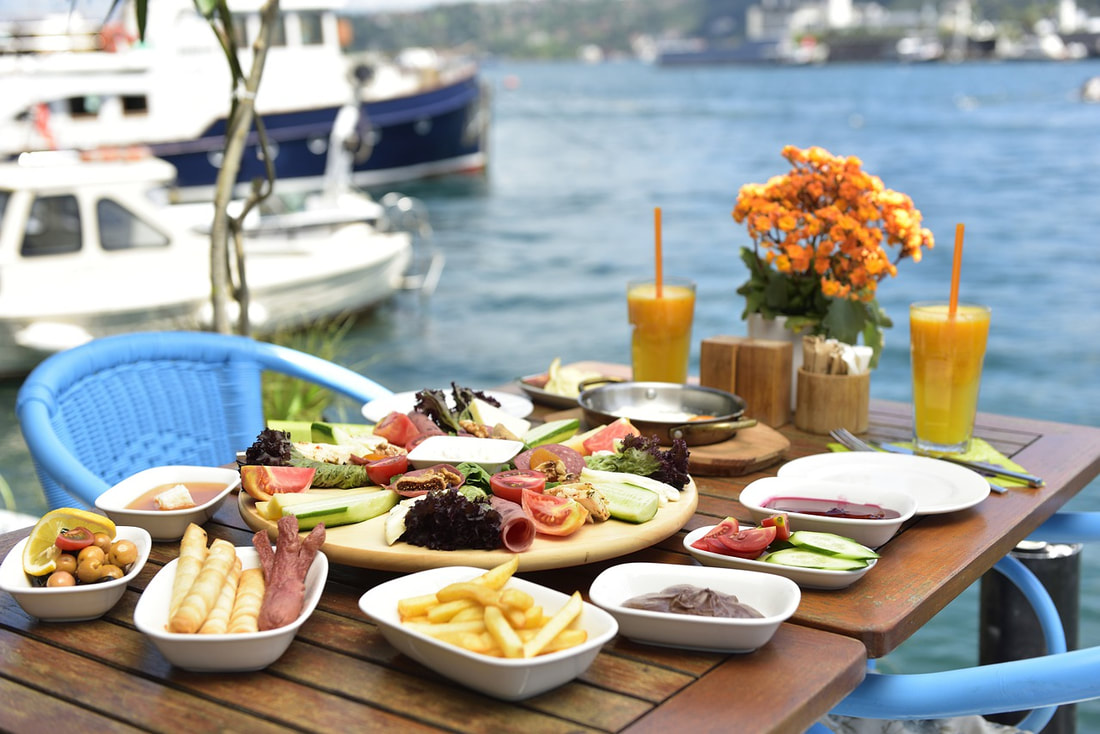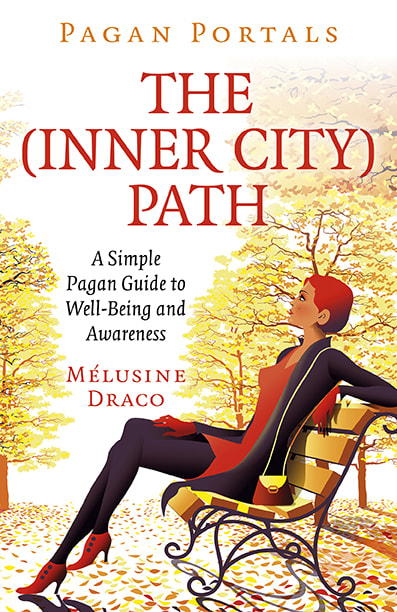
“From time immemorial, the human race has explored the world in search of food … Empires have done battle for food, civilizations have been built around it, crimes committed, laws made and knowledge exchanged …” Maguelonne Toussaint-Samat, A History of Food
I have an impressive collection of cookery books – some belonged to my mother and grandmother, others collected by myself over the years. There are regional and foreign cook books; several Mrs Beeton’s from the early and mid 1900s; an ancient copy of the French classic Larousse Gastronomique; farmhouse cookery and wild food from the hedgerows … not to mention a dozen of the basic how-to variety including a complete set of the collectable week-by-week magazine, Supercook, from the early 1970s.
For a long time now, cookery books have been regularly listed high on the bestseller lists. We have recipes from Victorian kitchens, cottage kitchens, summer picnics, afternoon teas, Christmas feasts, seasonal and regional suggestions, foreign food ... cooking for students and singles, catering on a budget ... in fact, you name it and there’s probably a cookery book in print to cater for it. Not to mention the ‘how to write about food’ guides. And you don’t have to have a cordon bleu diploma or be a ‘kitchen goddess’ to write about food or cookery. There is an extremely large and lucrative market place for the cookery writer and whether you are a blossoming master chef, or simply wanted to share the recipes from your great-grandmother’s handwritten note book, there are lots of opportunities for entering the world of food publishing in the form of books and articles.
The next time you visit any large bookshop, take a look at the number and variety of the cookery books on sale - and make a note of the publishers. Next consider the large number of women’s magazines that feature a cookery page and study the depth of detail that goes into each article. But it doesn’t stop at the women’s magazines … there is often a seasonal recipe included in Home Farmer, Farmer’s Weekly, or game recipes in The Shooting Times. Any of the field sporting magazines would probably be interested in a simple recipe showing what to do with ‘it’ once you’ve caught it! Then there are hundreds of different local recipes for the multitude of regional magazines …
Without going any further for the moment, we can see the tremendous amount of potential outlets in this field of writing, not to mention restaurant and book reviews. If you can realize the potential and see yourself fitting in to this area of creative writing, invest in a couple of how-to books on the subject and add them to your reference shelf. Like Faust with his madeleines, food can be extremely evocative - as this extract from a nostalgic article from The Countryman shows:
The men have been out in the fields since dawn and will be looking forward to the supper spread out on the kitchen table. Although it’s school tomorrow, we have been allowed to stay up late to take part in the feast. No standing on ceremony here. The scrubbed boards provide the only backdrop for the huge ham waiting for carving, with its thick outer layer of white fat and breadcrumbs. It’s our father’s last job for the day and everyone is quickly served with a generous helping of the succulent, home-cooked meat. Bowls of crisp salad and juicy tomatoes straight from the garden, and buttered new potatoes lifted just that morning, sprinkled with parsley. Hard-boiled eggs from the hen house, and home-made pickles; fresh bread with rich butter and cheese complete the meal …
I can still taste that supper and when I sent a copy of the magazine in which the piece was published to a childhood friend, she immediately remembered those hay-making suppers, which
took us both back to being about eight-years old again …
We fidget from the hayseeds and dried grass that have crept under our clothes and into our shoes, but we don’t want to move and break the spell…
Articles don’t necessarily have to be about food to be enriched by the subject. I recently read a travel piece that offered some tantalising cameos of the cuisine served aboard a French river
cruise ship. There, tucked away in the wealth of detail about people and places were some succulent morsels of the daily fare for the passengers – and resulted in the article being filed away for future reference when a holiday moment occurs! In fact, everywhere we go – both home and abroad – most of us will find a local culinary moment that is worth storing away to share with a readership at some later stage. Such as a wonderful (and colourful) buffet lunch at the Topkapi Palace in Istanbul; or the fabulous fresh sea-food platter served in a restaurant behind the ramparts at St Malo. Secret Step Four means that no one can access the same experiences and memories, and that offers you the opportunity to generate unique responses to those situations.
Regional food can also be dove-tailed to provide endless topics for articles, both regionally and nationally, and in a wide variety of publications. Here we can draw on family background, nostalgia, memories (and not necessarily our own), as I did when writing another Countryman piece on my partner’s memory of cherry picking in the Kent orchards:
We break for a hasty lunch of thick salad sandwiches of fresh-picked tomatoes, crisp lettuce and the sharp tang of spring onions, all pulled straight from the garden earlier that morning. There’s
homemade lemonade and ginger beer for us children, while our mother pours a thick brew of tea from her battered cream thermos flask …
Bringing it up to date with my own ‘four penny worth’ … A quick and economical supper that his mother often made from any leftover fruit was a cherry batter served with ice cream or custard. I recently found a similar recipe in a 1930s edition of The Woman’s Treasury for Home & Garden, discovered at a local car boot sale.
“The cherries were placed in a greased baking dish and sprinkled with caster sugar. They were then covered with batter (the kind used for Yorkshire pudding, but sweetened) and baked in the oven for 40 mins.” Just add the ice cream and step back in time …
Here are a few more possibilities to consider that could earn a few bob as mini-features, readers’ letters or handy kitchen hints:
• Local magazines and newspapers are always interested in the wide range of produce on offer at farmer’s markets, particularly when this involves a local family. Include a seasonal recipe featuring an item of produce.
• Recommended mart breakfasts can often find a place in farming publications such as Farmer’s Weekly. There are some amazing little places tucked away in the corners of some of our traditional market halls. Make sure your ‘menu’ is mouth-watering, not swimming in grease!
• Home Farmer magazine ran a series featuring recipes from around the UK – ‘North West Nosebag’ included simple ones from the Lake District and Liverpool; while ‘Emerald Isle Cuisine’ included farm house kitchen ideas not forgetting the Saturday morning must-have – the Irish breakfast or Ulster Fry!
• Simple snacks and inexpensive ideas are always popular – for example: ‘Warming Toast Toppers’ – but do make sure that you include something for everybody. I get quite excited about new ideas but this enthusiasm quickly evaporates because nearly all the recipes contain cheese
and I have a serious cheese allergy.
• Growing food with no garden – you would be surprised exactly how much food you can produce on an average sizedpatio and these ideas could earn prizes from the readers’ letters pages in a wide variety of publications.
And what about those wonderful 1950s home-from-school treats of cheese and potato pie made with butter and half a pint of cream (or full milk); bubble and squeak (or bubble and squelch as it’s called in some areas) and ‘eggy bread’. The ideas might give the food police heart failure but on a cold winter’s day an editor might just think it’s a tastier alternative to beans on toast.
Old fashioned remedies and household hints are also popular but these need to have an unusual or unexpected spin to bring them up to date. For example, it’s a well-known bit of country-lore that onions are a magnet for bacteria and that they’ve been used in sick rooms to ‘draw’ the germs for generations. We’ve known of cut onions being used in racing kennels to prevent kennel sickness. This was normal operating procedure in 150-dog kennel when there was sickness about and none of the greyhounds ever came down with it.
For the writer, everything is food for thought.
.





 RSS Feed
RSS Feed